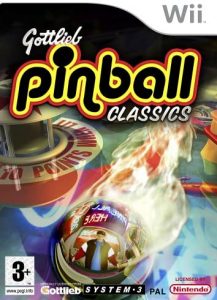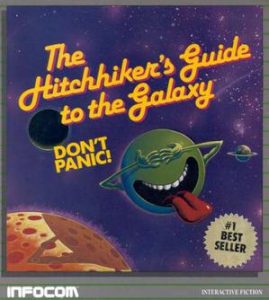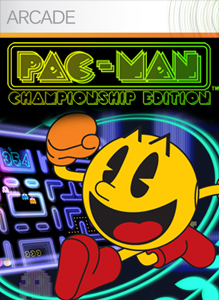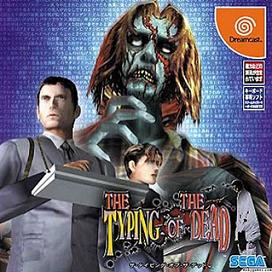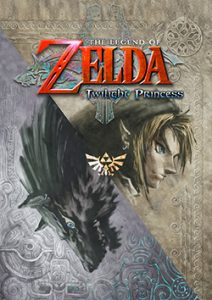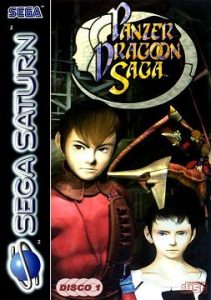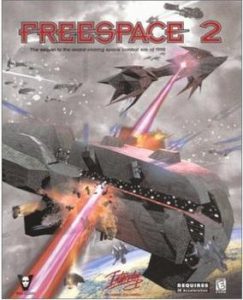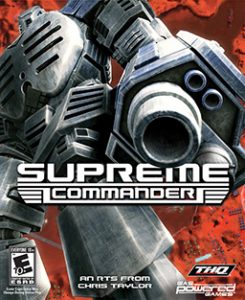1002nd played so far
Genre: Pinball
Platform: Various
Year of Release: 2006
Developer: Farsight Studios
Publisher: Crave Entertainment/Play It
Unlike my edutainment games, I got my pinball games spread out quite well, with Pinball Dreams coming in fairly early and Flipnic fitting pretty neatly between that game and today. I’m pretty sure it’s also the only genre I’ve played in order, which explains why Gottlieb Pinball Classics is today’s game – wrapping up another small genre as we move towards the end.
While Pinball Dreams looked and felt quite dated, Flipnic‘s use of the set up really made it feel like a game you’re progressing through rather than just a basic pinball machine, making use of all the options a game offers. As Gottlieb imitates existing tables, I’ll need to see how this holds up.
Pinball
While the genre is small, pinball games feel like they have always been a part of my gaming life. The collection of floppies that we had with our first PC contained a number of of pinball games I don’t remember the names of, but that were clearly part of a set – the same graphics and gameplay, just with different boards, as an early example of simple sequels – as well as the Pinball Construction Set that similarly showed how you could create more games out of the same building blocks.
The list’s various pinball games really pushed home what more you can do with specifically designed stages and while in the end you’re emulating a physical game, the best games do give you that same feeling of playing a machine while you couldn’t, realistically, have that machine in real life.
Our Thoughts
While Flipnic did its best to use pinball mechanics to deliver a game that feels like a video game, adding elements that wouldn’t work on a real table, Gottlieb Pinball Classics instead focuses on emulating old, famous pinball tables by Gottlieb. Assuming the tables are accurate – and considering the nature of the game, I would assume that they are – you really get to play a properly preserved version of them. The game readily acknowledges that, taking the time to explain the tables and giving you some hints on the strategy on how to take the tables on. That even leads to the game setting goals based on you knowing all of this, based on real life experience.
But that also is its downside. While in other games, I enjoyed just playing and felt like I was making progress, putting a score goal on it – one that’s higher than I tend to get – really felt frustrating as I clearly didn’t have the skills to get that far. Normally at least you feel you’re making some progress, but here I was hampered by skill and bad luck – when the ball gets to certain spots on the table, outside my control, I just lose it. I feel like it’s working against me not because I got it wrong but because the game decided not to let me through – sending it down specific routes behind the flippers you can’t reach.
Again, this is a case where the goals in an arcade – spend money – is different from the experience at home, where you want to have fun playing, and the tables would be designed differently around it. While emulating the tables makes sense for what you’re doing, for some game modes you need to collect tokens to play more tables, which you get by reaching these goals. Luckily there are codes to cheat your way to them, but it feels like putting these behind an unlock just forces you to engage further with these frustrating tables and works against the conversation aspect of letting you play the different tables. And while there were some really entertaining tables here, there are some that didn’t feel worth the effort after I reached them.
Final Thoughts
I feel like the different goals of this game are at odds. The score challenges feel too much up to luck to me, not giving a new player the confidence boost you need to get through these initial levels. At the same time, forcing you to reach these to unlock them means that you want to provide an accurate simulation that also makes it hard to reach these unlocks. It’s hard to see anything of the tables beyond the first few and I don’t understand why you’d want to do such a thing. Just let me play the game!
